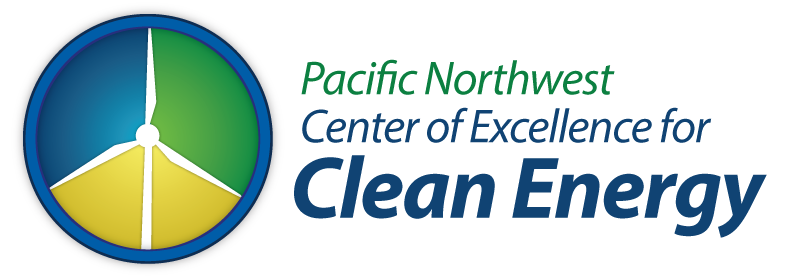The Pacific Northwest National Lab (PNNL) recently released a report on small modular reactor deployments in the Pacific Northwest.
According to the report, small modular nuclear reactors (SMRs) could play a key role in Washington State’s mandated transition to a clean energy economy. The phasing out of coal- and natural gas-fired generation, which supplied about 17 percent of the state’s fuel mix in 2018, will leave a roughly 5-gigawatt (GW) gap in generation capacity that SMRs could help fill.
Washington’s Clean Energy Transformation Act, enacted in 2019, calls for the elimination of coal-fired generation by 2025, aims to reach carbon dioxide (CO2) neutrality by 2030, and requires that the state’s power sources must generate electricity without emitting greenhouse gases by 2045.
The report analyzed five case studies combining two SMR technologies and three potential sites. Each of the three sites provides additional advantages: there is already existing infrastructure and a workforce trained in the operation of conventional and nuclear plants in place in eastern Washington, and the Centralia site has existing grid connections that could be tapped, as well as a workforce that could be shifted from the closing coal-fired units.
The report noted that advanced SMRs can operate continuously at full power to provide baseload energy or can follow power swings on the grid. The report also found that electricity demand in Washington can fluctuate significantly on a monthly, daily and even five-minute basis, noting that average daily demand in February 2019 varied by more than 2,100 MW.
Read more: publicpower.org
